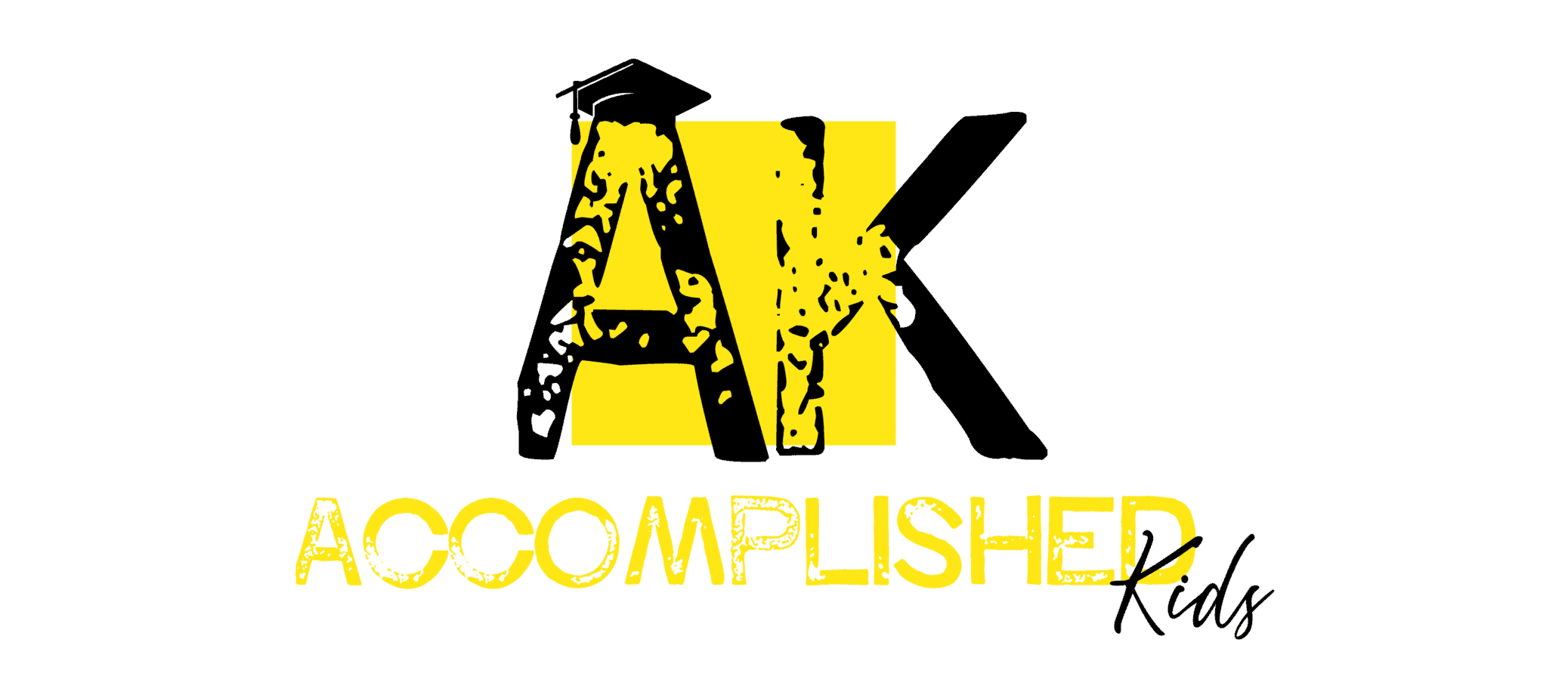How to Plan a Homeschool Unit Study?

Wanting to introduce unit studies into your homeschool and not sure how to incorporate it? Here is how my family uses unit studies and how I create them from scratch.
How to plan a homeschool unit study?
- Find a topic that you want to cover.
- Consider your child’s learning style.
- Find content to deliver the information.
- Decide how to add multiple disciplines.
- Create an assessment.
- Create lesson plans.
In this article, I’m going to take you through the process of planning a unit study. It’s very important that you consider all factors before completing your plan. There are a lot of great ideas out there but they don’t always do the job of teaching your kids. I’ll show you how to customize your kid’s unit to reach their individual needs.
Before You Start Planning
It is very important to consider how you will incorporate your unit study into your homeschool routine. For my family there are certain subjects we teach via unit studies. These are the sciences and social studies. Within these disciplines, there is: Physical Science, Plant Science, Animal Science, Earth & Space Science, History, and Geography.
The listed subjects are for elementary kids. If you are using unit studies for middle and or high school, you might consider more specific subjects(ie Chemistry vs Physical Science) for topics along with adding project based learning to your unit study.
The time-frame for each unit is very important. It will help you with staying on task. Homeschooling is very flexible but it is important to have a road map. For instance, if you want to have enough time to complete all your units it will be very important to know how much time you want to devote to each unit study.
In my house we do a unit study for each subject which turns into 6 units. We study in 6, 6 weeks sessions. This gives us time to spend with each unit and not splitting our focus between multiple units at one time. If you plan to use unit studies for all of elementary, middle school, or high school; you will need to think about how you will want to split the content up over the course of those years. So, maybe split the history eras into different grades.
A huge way to make your units successful is to get your kids’ buy-in. Make them a part of the planning process. Ask them about what they want to learn. You can pretty much turn any subject into a subject area for a unit study.
- What is your favorite animal?
- What animal would you like to learn more about?
These are a few questions to help you get started. Take your kids favorite toys and build a unit around how it moves, the type of matter it’s created from, or maybe even the history of toys.
Learning Styles and Unit Study
There are several learning styles. Most of us have a mixture of a few learning styles. It is very important that you know your child’s learning style. Let’s detail them.
Aural learner – These learners gain and obtain information best from hearing – specifically rhythm. If you have a child that strongly feels emotion after listening to music, chances are they are an aural learner. Delivering information through music and making catchy rhymes to remember information is ideal for this learner.
This learner will prefer to listen to a lecture. Their recall of information listen to will often prove to be better than the interruption of note-taking during lectures. So, for this learner use music, use rhyme, use lectures and create songs.
Logical Learner – As the name states this is a logical learner. This type of learner likes to exercise and stretch their brains. They love finding patterns and connections between information. This learner prefers information that is proven and doesn’t mind working to prove ideas. This student will prefer procedure and process. They need perimeters to work within. Project based learning challenges are great for this type of learner.
Physical Learner – This learner gains information from doing. They are a physical senses learner. This includes touching, smelling, hearing, and seeing. The best way to reach this learner is to get them immersed in the content with one or all of their senses.
Social Learner– (Personally, even as a homeschool parent I believe that all kids benefit from learning settings with other people. The question is how much, with whom, and under what type of supervision but that’s another discussion we will save for another post). Social learners learn best from interaction with others. This doesn’t necessarily have to be a peer it can be an interview with an engineer. Role-playing is a great way to reach this type of learner.
Solitary learner – This learner likes to work in solitude (alone). They are internal in thought processing. They are great with self-study assignments. It allows them time to think and process the information they are obtaining to fully grasp the material. Time and solitude are best for this learner. It is important to give this learner time to think, process information/feelings, and cultivate their answer.
Verbal learner – This learner prefers talking and writing. This is the way they process information. Reciting steps and writing the information out. It just makes more sense once they write it out. Taking notes is very helpful for this type of learner.
Visual Learner – This learner likes visual representations of the information they are learning. So images, videos, and maps are helpful for a visual learner. They do not prefer lectures unless there is a whiteboard demonstration that goes along with it. They want to see how something works versus being told how it works.
Types of Content for Homeschool Unit Studies
Unit studies are built on pulling content together in an order that delivers the information for a specific topic. You should consider your child’s learning style when deciding what type of content to use.
Here are types of content you can use to deliver a unit study:
- books
- audio books
- digital books
- lectures (online or in-person)
- projects
- learning kits (ie: robot building kits)
- Monthly learning subscription kits
- magazines
- lapbooks
- worksheets
- videos and documentaries
- activities and games
- field trip
- nature walks
- apps
- puzzles
- flashcards
- songs
- WebQuests
Multiple Subjects in One Unit Study
A major part of unit studies is introducing multiple subjects in one unit study. Let’s say you are having a unit surrounding dinosaurs. Here are the ways you can introduce multiple subjects
- animal science: life cycle, types of food (plant-eaters versus meat-eaters), teeth design and why, predator vs prey, and so much more.
- plant science: examine the types of plants available when dinosaurs were around. Talk about the life cycle of plants etc.
- History: When did dinosaurs roam the earth. Create a timeline
- Geography : go digging for dinosaur bones and talk about how the Earth and nature preserves the bones. How was the Earth affected when dinosaurs died?
- Language Art: write an essay and highlight different parts of speech in different colors. Write a fictional story about a day living with the dinosaurs and then edit for correct punctuation.
You get the general idea. There are so many ways to take one topic and then create a unit incorporating multiple subjects.
Assessments for Unit Studies
Assessments are always big talk when it comes to homeschoolers. Many of us do not subscribe to formal testing, which is okay considering we work so closely with our students. We see their abilities and struggles and generally adjust on the spot.
If you are wanting to know how to assess learning with unit studies, it is simple. Come up with what the student should learn and have them demonstrate their knowledge. It could look like any of the following:
- answering questions
- completing a project
- writing an essay
- giving a speech
Create a Lesson Plan
A lesson plan for a unit study is basically a document of what you want to teach, the objective for the student, a detail of the content presented, and assignments. The aim for the lesson plan is to organize the content in a specific order for ease of use and effectiveness of delivery.
I never put dates on my lesson plans (because we take as long as we take lol). This allows me to move at our own pace. It also keeps me on track with where the finish line is. Lesson plans honestly are the bread and butter of your unit study. They help you organize all the content to make sure your student gains deep immersion into the subject matter with multiple sessions that engage their learning style.
Related Questions
What is project based learning? Project based learning drives students to learn information by investigation and exploring a topic to complete a project.
How long should a unit study last? Unit studies have no specific time. They are based on the complexity of the subject and how long it takes your student to grasp the information. Generally, these lesson plans will last for a few weeks to couple of months.





